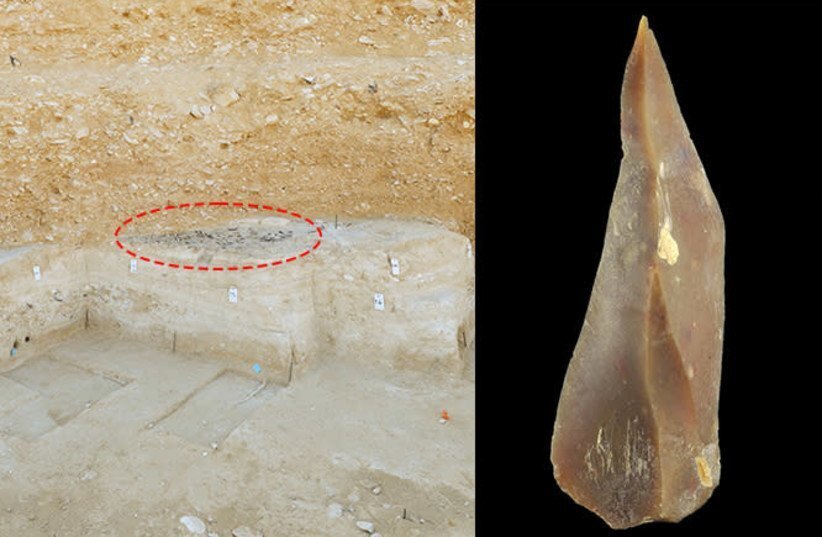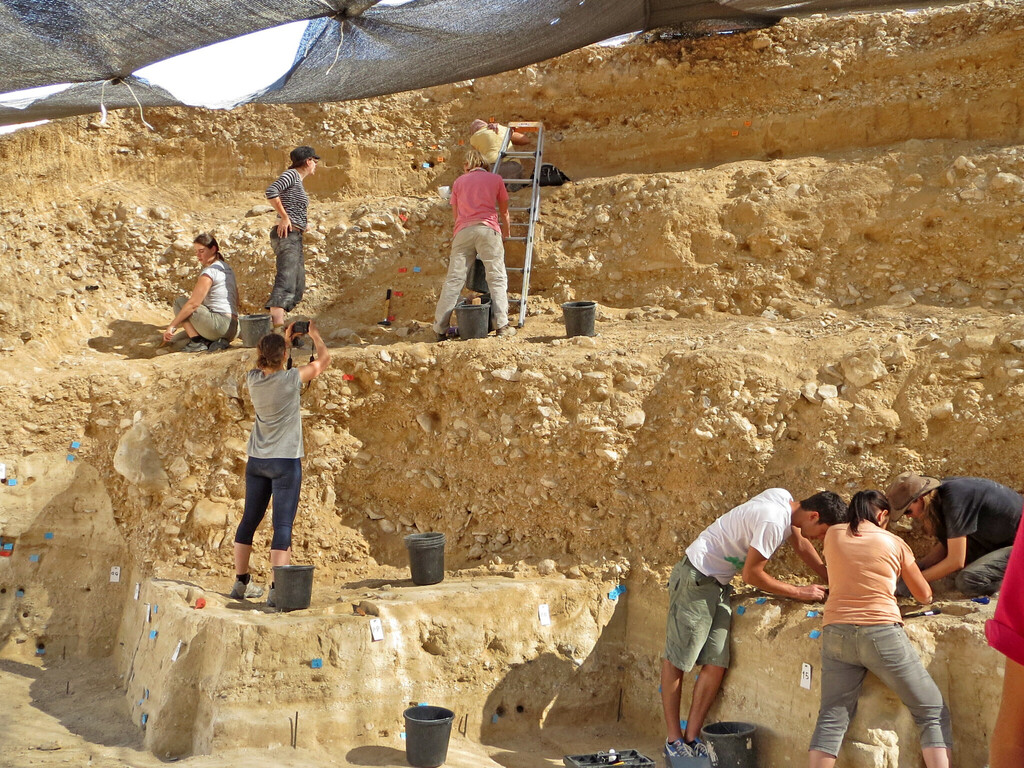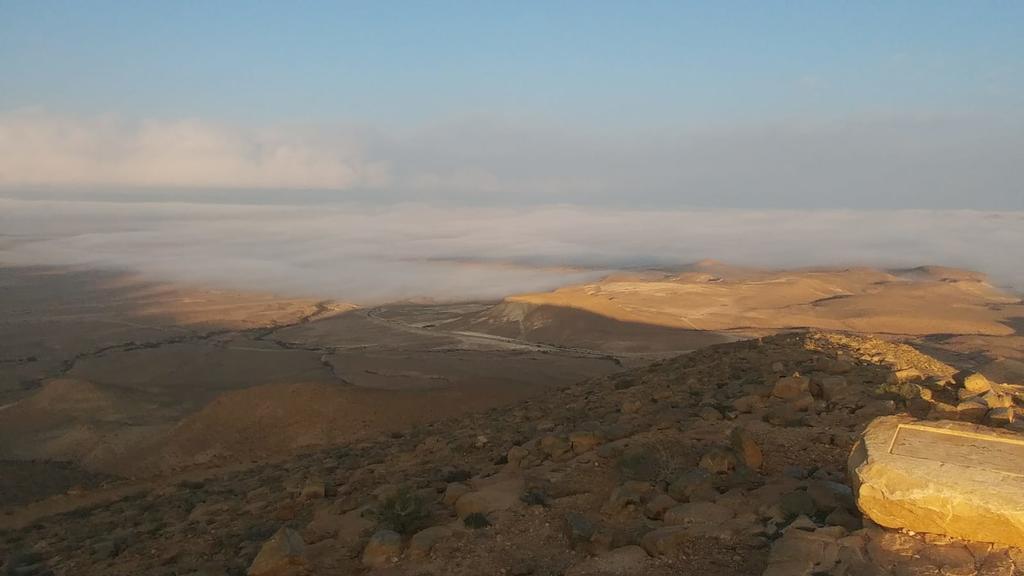Israeli researchers have discovered that humans and Neanderthals coexisted in the Negev Desert 50,000 years ago, at an excavation of the Boker Tachtit archaeological site in Ein Avdat National Park in southern Israel.
The research published in the PNAS scientific journal by Prof. Elisabetta Boaretto of the Weizmann Institute and Dr. Omry Barzilai of the Israel Antiquities Authority provided the first evidence that both species lived together in the Middle East and discovered that Homo sapiens migrated from Africa to Israel’s Boker Tachtit.
Boker Tachtit is an important site for tracing early migration from human species out of Africa and documenting the transition from Neanderthals to modern humans.
Barzilai, excavation director at the Boker Tachtit site on behalf of the Antiquities Authority, said Boker Tachtit is the first known site reached by modern man outside Africa, making this location and its dating essential.
“There is no doubt that, as they dwelt in and moved around the Negev, the two species were aware of each other’s existence,” he said.
“Our research on the Boker Tachtit site places an important, well-defined reference point on the timeline of human evolution.”
3 View gallery


View of the Boker Tachtit excavation site; circled: a group of unearthed flint stone artifacts; flint point representative of the Upper Paleolithic in Boker Tachtit.
(Photo: Israel Antiquities Authority)
The Max Planck-Weizmann Center for Integrative Archaeology and Anthropology funded the excavation.
For the research, dozens of carbon samples from the excavation were analyzed using radiocarbon dating in Prof. Boaretto’s laboratory at the Weizmann Institute of Science.
“For the first time in prehistoric research, the results of the dating prove the hypothesis that there was definitely a spatial overlap between the late Mousterian culture, identified with Neanderthal man, and the Emiran culture, which is associated with the emergence of modern man in the Middle East,” Barzilai said.
Neanderthals and Homo sapiens lived in the Old World together simultaneously during the Middle Palaeolithic period 250,000-50,000 years ago.
Israel and the Middle East have contained the remains of both Neanderthals and Homo sapiens and were the distribution limits of these species.
According to DNA studies, the widespread process of migration from Africa to Asia, Europe and the rest of the world led to the disappearance of Neanderthals and the assimilation into the modern human population.
3 View gallery


The excavations at the 50,000-year-old Boker Tachtit site in the Negev Desert
(Photo: Israel Antiquities Authority)
The latest study confirms the hypothesis that there was some interaction and genetic exchange between ancient humans and cultures, and one of the intercultural encounters happened in the Negev 50,000 years ago.
Dr. Barzilai said future research will include discovering the nature of the encounter identified between both species and whether Neanderthals became naturally extinct, merged with modern man or disappeared in violent ways.


